Is it Tendonitis or Tendinitis?
 Both words are spelled correctly but tendinitis tends to be the more preferred term used in medical literature. More importantly, what is upper extremity tendinitis? The suffix “itis” means inflammation and the term tendinitis should be reserved for tendon injuries that involve larger-scale acute injuries accompanied by inflammation.(1) Risk factors include repetition, awkward postures, direct pressure, high force and prolonged static positioning.(2)
Both words are spelled correctly but tendinitis tends to be the more preferred term used in medical literature. More importantly, what is upper extremity tendinitis? The suffix “itis” means inflammation and the term tendinitis should be reserved for tendon injuries that involve larger-scale acute injuries accompanied by inflammation.(1) Risk factors include repetition, awkward postures, direct pressure, high force and prolonged static positioning.(2)
Symptoms of Tendonitis/Tendinitis
Symptoms can appear suddenly or develop over a period of time. The most common and insidious symptom is pain. It can sharp or dull, aching or burning and radiate up or down the upper extremity. Occasionally you can hear popping or see a bump. Other symptoms include stiffness, swelling and weakness. Signs can be more specific for certain types of tendinitis, such as difficulty gripping a pot with the arm straight with tennis elbow, or turning a key in the ignition with thumb tendinitis.



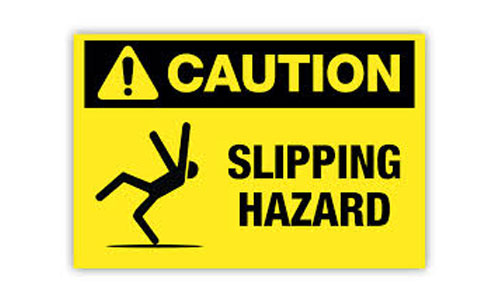
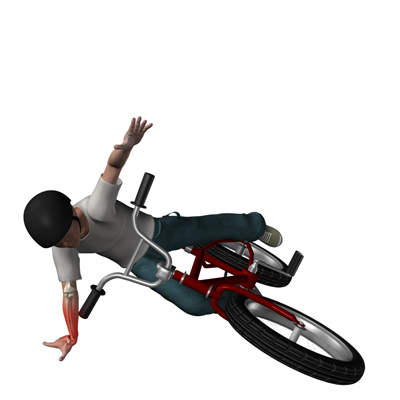

 An RSI (Repetitive Stress Injury) occurs when stress is placed on a joint, pulling on the tendons and muscles around the joint. When the stress occurs repeatedly, the body does not have time to recover and becomes irritated. The body reacts to the irritation by increasing the amount of fluid in that area to reduce the stress placed on the tendon or muscle. If not treated, it can lead to injuries to the soft tissues, tendons/muscles, and nerves.
An RSI (Repetitive Stress Injury) occurs when stress is placed on a joint, pulling on the tendons and muscles around the joint. When the stress occurs repeatedly, the body does not have time to recover and becomes irritated. The body reacts to the irritation by increasing the amount of fluid in that area to reduce the stress placed on the tendon or muscle. If not treated, it can lead to injuries to the soft tissues, tendons/muscles, and nerves.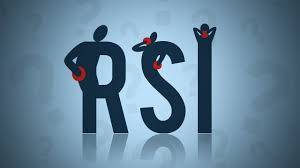
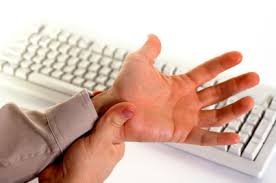 As a certified hand therapist, I hear this story often. It may be a little ache, pain in their elbow, forearm, maybe their wrist, or even just one finger. They ignore it, thinking it subside on its own. Over time, it becomes more nagging, and may affect how long they can type on a keyboard or use a mouse. It is insidious and reaches a point where they realize it is not going away. This may lead to an injury called RSI.
As a certified hand therapist, I hear this story often. It may be a little ache, pain in their elbow, forearm, maybe their wrist, or even just one finger. They ignore it, thinking it subside on its own. Over time, it becomes more nagging, and may affect how long they can type on a keyboard or use a mouse. It is insidious and reaches a point where they realize it is not going away. This may lead to an injury called RSI.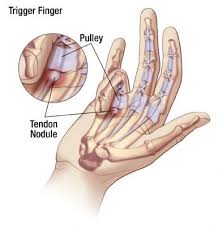
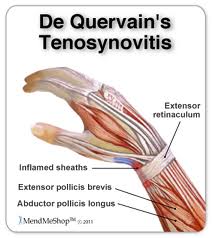
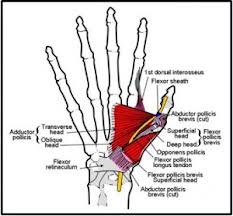
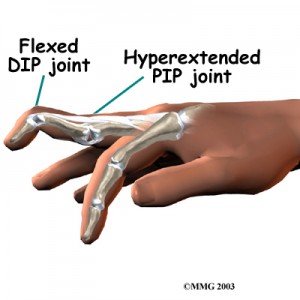 It can happen in an instant. You are reaching to catch a ball and suddenly you feel massive pain in your finger and are stunned for a second. This is a common occurrence in most sports including basketball and football. Some injuries are minor requiring little treatment and some are major requiring surgery. It is imperative to assess for an exact diagnosis and treat sooner than later to obtain optimal results.
It can happen in an instant. You are reaching to catch a ball and suddenly you feel massive pain in your finger and are stunned for a second. This is a common occurrence in most sports including basketball and football. Some injuries are minor requiring little treatment and some are major requiring surgery. It is imperative to assess for an exact diagnosis and treat sooner than later to obtain optimal results.